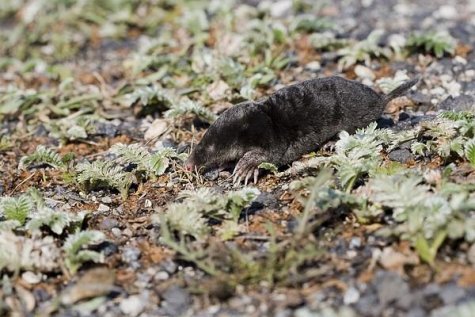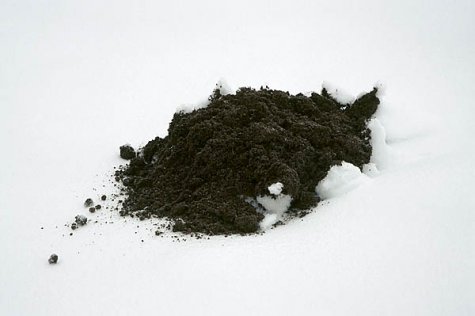New Cameras
Mole's pre-winter
Photos: Arne Ader
Translation: Liis
Mole
| Mole |
Harilik mutt
|
The mole doesn’t hibernate in winter, in autumn it makes all kinds of mischief in grasslands. It is nice to get on with one’s doings where the soil is loose and food is plentiful – forest verges, grasslands, gardens and pards. Moles don’t live in dense forests.
Its body is cylinder-shaped, with upstanding, mostly black, dense fur. A suitable part of the hairs are changed for winter. For moving in the soil strong feet and claws are necessary. Tiny little eyes are hidden in the fur, but moving above ground it is rather helpless, showing that its eyesight is not very good. Outer ear flaps are missing and its hearing is poor. The nose and upper lip are joined to something like a snout for feeling around with, and its sense of smell is very well developed. That tells for instance where to go on digging on the hunt for earthworms. The metabolism of insect eaters is fast; in "times of plenty“ the mole eats twice its own body weight in a day, or about 150 grams. As said, the main food item is earthworms; it roots for insects and grubs, snails, lizards, frogs and mice; when famished carcasses will do.
The winter is spent underground, below the freezing limit of the soil. Except during the spring-time mating period moles lead a solitary life and are aggressive towards other moles who intrude on their territory.
Mole hill









